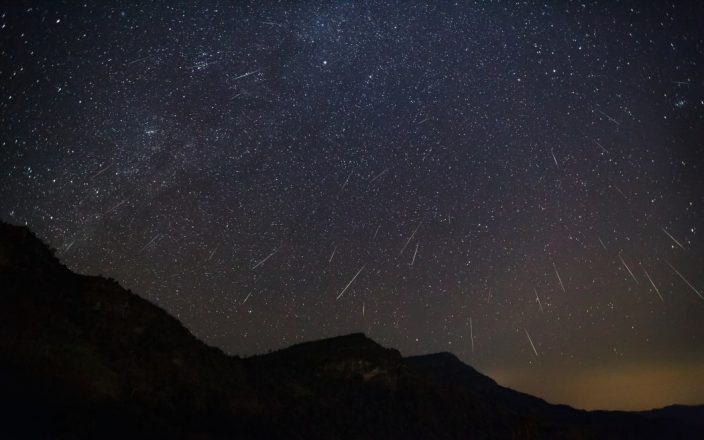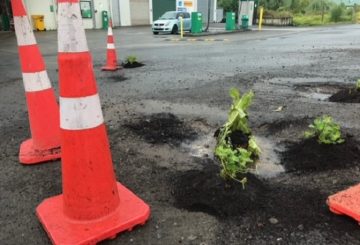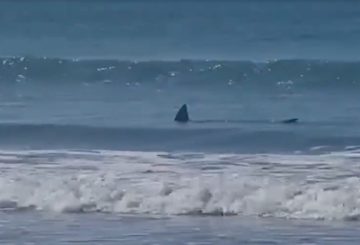预计整夜都会有三场流星雨共同提供天体烟花汇演。
奥塔哥博物馆馆长兼天文学家伊恩·格里芬说,今晚的展览会很漂亮。
“在过去的十年或更长时间里,天文学家在某些情况下观察到了这些阵雨。它们经常出现在每年的这个时候,今年的条件几乎是完美的,因为今天的月亮是新的,这意味着天空真的很暗。”
他告诉《晨报》,任何有远离灯光的地方的人都可以欣赏这个节目。
他说,晚上的任何时候都不错,但是 “午夜过后,流星会更容易看见,也更明亮”。
“只要天空晴朗而且你没有云,你就应该看到两者之间… 每小时可能多达20颗流星,甚至可能还有几颗流星。有些会快速移动,有些会缓慢而明亮。
“因此,如果你坐了一个小时左右,你应该会看到其中的不少,这应该是一个有趣的展示。”
他解释说,当地球绕太阳运行时,它越过了旧彗星的道路。
“当一颗彗星绕太阳转动时,物质会被爆炸,它像一条小径一样在它后面离开。每年的这个时候,地球正在穿过三颗不同彗星的三条轨迹,这些小径上满是小小的尘埃。
“当你在天空中看到流星或流星时,就是这些小颗粒彗星尘埃在地球大气层高处燃烧。而且它们会燃烧是因为它们移动得非常快。其中一些以每秒20公里的速度移动,当它们在大气层中移动时,它们会碰到大气中的原子,发光然后消散。
“因此,当你在周末观察天空中的这些流星时,你会看到多年前穿越地球轨道的彗星的垂死余烬。”
他说,即使是那些没有望远镜的人也可以轻松观看。
来源:RNZ 新闻





























































